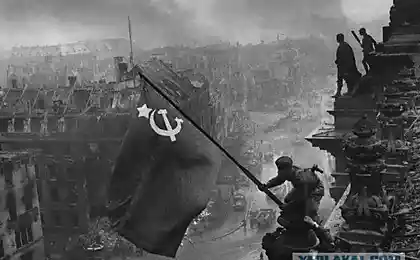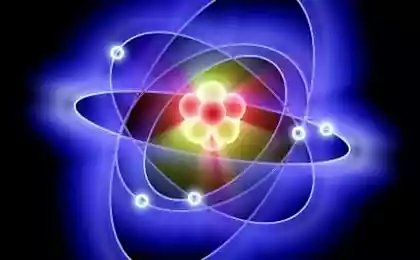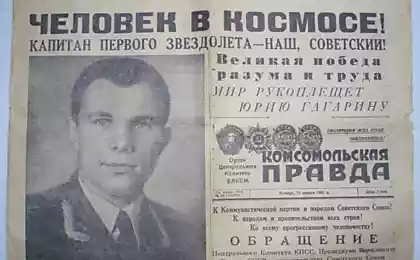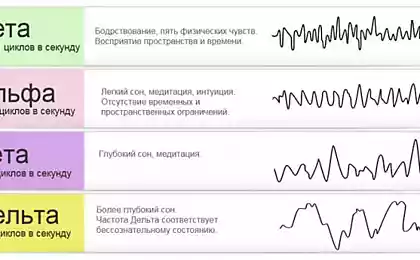283
Generational Conflict: Deep Contradictions of Generations of the 20th Century in the USSR and the Post-Soviet Space

The conflict of generations is a universal phenomenon, but it became especially acute in the 20th century in the USSR and later in the post-Soviet countries. Dramatic socio-political transformations, the change of ideological paradigms and rapid technological development have created unprecedented conditions for the formation of deep value gaps between generations. You can read more about the generations of the 20-21 centuries in our review article.
The uniqueness of the Soviet experience lies in the fact that in a short historical period, radical social transformations took place: from the traditional agrarian society to the industrial one, from monarchy to socialism, and then to capitalism. Each transition created a new value system, destroying the foundations of the previous one, which gave rise to deep intergenerational conflicts fundamentally different from the evolutionary development of Western societies.
Historical Preconditions for Generational Conflict in the USSR
The first serious intergenerational rift occurred in the early years of Soviet power, with a radical break with traditional values. The generation of revolutionaries deliberately opposed themselves to the “fathers” – the bearers of pre-revolutionary culture and morality. Bolshevist ideology actively encouraged this rupture by forming a “new Soviet man” free of “remnants of the past.”
A well-known example from Soviet propaganda is Pavlik Morozov, who reported on his own father and was elevated to the rank of a hero. The case symbolized an approved break with family values in favor of ideological loyalty.
The first Soviet generation (born in the 1900s and 1920s) were raised on revolutionary romanticism and an absolute belief in a bright communist future. They were characterized by collectivism, asceticism and high ideological conviction.
The generation of winners and the post-war turning point
The next significant milestone is associated with the Great Patriotic War. The generation of victors (born in the 1920s and 1930s) formed under extreme conditions of war, which determined their special psychology. Compared to the revolutionary generation, they were less ideological but more pragmatic and survival-oriented.

“War has robbed us of our youth, but it has given us a special appreciation of the value of life and peace. We differed from our parents in that we knew the value of every day, every piece of bread. From the memoirs of a veteran of the Great Patriotic War
Thaw and the Sixties: The First Clear Conflict of Values
The real ideological conflict manifested itself in the era of Khrushchev’s thaw. The Sixties generation (born in the late 1930s and early 1940s) for the first time openly questioned authoritarian methods of governance, although they did not reject socialist ideals as such.
It is important to note the fundamental difference between the conflict of generations in the USSR and similar processes in the United States. In America, the Baby Boomer generation opposed conservative values from the standpoint of left-liberal ideology, while in the USSR the Sixties sought to liberalize the existing system without abandoning socialist ideals.
The Sixties brought new forms of cultural expression: author’s song, poetic evenings, samizdat, new trends in cinema and literature. Their conflict with the older generations was not so much a denial of socialist values as a demand for their purification from Stalinist distortions.
The Stagnation and Birth of Soviet Consumerism
The period of “stagnation” of the 1970s and early 1980s gave rise to a new type of intergenerational conflict. The generation that formed during this era (born in the 1950s and early 1960s) was characterized by a growing skepticism of official ideology and a growing consumer orientation.
Generation Years of BirthKey valuesAttitude to the systemRevolutionary1900-1920Collectivism, ideological devotionSystem creators, absolute faithMilitary1920-1935Patriotism, sacrifice, perseveranceDefenders of the system, loyaltySixties1935-1950Humanism, freedom of creativityReformers of the systemStagmatism1950-1965Pragmatism, material well-beingDistance, doublethink Perestroika1965-1980Individualism, enterprisivenessDefenders of the system, manifestations of the Western manifestations of this conflict. American jeans, records of Western rock bands, VCRs became status symbols and a way of distancing themselves from official Soviet culture.
Perestroika and the Post-Soviet Period: A Tectonic Value Shift
The most dramatic intergenerational gap occurred during the period of perestroika and after the collapse of the USSR. The generation that entered adulthood in the late 1980s and early 1990s found themselves in fundamentally new socio-economic conditions.
The rejection of socialist values and the transition to market relations led to a profound value crisis. Older generations, whose life experiences were devalued, experienced profound trauma, while young people sought to adapt to new conditions.

A hallmark of this conflict was that, for the first time, the younger generation was more successful and adaptive than the older generation. The traditional authority of elders has been eroded, as their experiences have often proved inapplicable in new settings.
The Modern Stage: Digital Divide and Value Transformation
Currently, generations of millennials (born in the 1980s – early 1990s) and centenials (born after 1995) were formed already in post-Soviet realities, having no direct experience of life in the USSR.
Their values differ significantly from all previous generations. Studies show that they are characterized by cosmopolitanism, high mobility, orientation to self-realization, flexibility in building a career, tolerance to various life styles.
“My parents and I speak different languages. For them, a stable job and an apartment is a success, for me, freedom of choice and the ability to do what I like is more important. – Maria, 28, IT specialist
Specificity of Soviet generations in comparison with American
Intergenerational conflicts in the USSR and the United States were fundamentally different in nature. In the U.S., generational change took place under conditions of relative stability of the system, while in the U.S.S.R. each new generation faced a radical transformation of all social institutions.
In the US, the baby boomer generation rebelled against the conservative values of their parents, but did not deny the foundations of the capitalist system. In the USSR, even the most radical youth of the 1960s did not oppose socialist ideals per se, but their distortion.
Practical recommendations to bridge the intergenerational divide
How to Create Intergenerational Dialogue
- Learn the historical context. Understanding the conditions in which each generation has formed helps us to understand the origins of their value orientations.
- Avoid stereotypes. Within each generation, there are significant differences due to education, profession and personal experience.
- Look for common ground. Different generations have common values and interests that can become a basis for dialogue.
- Develop empathy. Try to understand the motives and fears of the other generation.
- Share your experience, not impose it. Offer your experience as an option, respecting your right to choose.
Glossary
Intergenerational conflict
Contradiction in values, norms of behavior and worldview between representatives of different generations.
Generation.
Socio-demographic group of people born in a certain historical period and united by similar socio-historical experience and value orientations.
Value gap
Fundamental differences in value systems between members of different social groups, including generations.
Doublethink
A term from J. Orwell’s novel 1984 denotes the ability to hold two opposing beliefs simultaneously. In the Soviet context, values and behavior are divided into “official” and “private.”
Sixties
The generation of the Soviet intelligentsia, which actively manifested itself in the 1960s, is characterized by liberal views within the socialist paradigm.
Stagnation
The term denotes an era in the history of the USSR from the late 1960s to the mid-1980s, characterized by stagnation in the economy and conservative politics.
Conclusion
The conflict of generations in the USSR and in the post-Soviet space has deep historical roots and unique features associated with the radical social transformations of the 20th century. Unlike the evolutionary development of Western societies, each new generation in the Soviet and post-Soviet space was formed in the conditions of a radical change in social paradigms, which gave rise to a special acuteness of intergenerational contradictions.
Understanding the historical context and features of the formation of each generation helps to overcome communication barriers and establish a constructive dialogue between fathers and children. In modern conditions, such dialogue is especially important for preserving historical memory and ensuring social continuity.
Generational conflict: the root causes and manifestations of the generation gap of the XX century
5 Signs Your Friend Is Competing With You and What It Can Do























